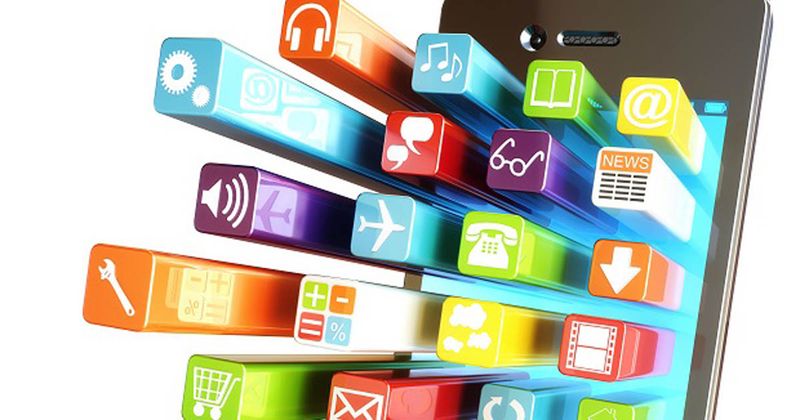Social media beauty standards may influence cosmetic procedure consideration
Key takeaways:
- YouTube, Instagram and TikTok’s user bases increased from 50% to 300% from 2019 to 2021.
- The increase in social media exposure is linked with more cosmetic procedure consideration.
An individual’s beauty preference is malleable, but the question remains, what is altering that preference? According to a study, social media may be a driving force.
“It is not that a focus on beauty has taken over social media but rather that our natural interest in beauty has found a new outlet through social media,” Alisen Huang, MD, of the department of dermatology at NYC Health + Hospitals/Gotham Health and CityDerm, told Healio. “Social media is packed with all sorts of beauty-related content from product and procedure reviews to before-and-after shots and even the occasional educational video.”

The study, conducted by Huang, the number of users on social media platforms such as YouTube, Instagram and TikTok increased by 50% to 300% from 2019 to 2021.
Proving that there is a direct link between the popularity of beauty topics and the surge in social media is difficult, however, the authors hypothesize that those with a propensity to watch beauty-related content are being fed this topic in copious amounts due to a driving social media feature — the algorithm.
The algorithm personalizes social media feeds to show content based on users’ preferences. For individuals on the beauty side of social media, that content may include information about cosmetic procedures.
While studying a social platform’s algorithm and how it affects users’ preferences is unlikely due to the inaccessibility of these data, the authors still posit that social media usage is linked with cosmetic procedure consideration.
According to the authors, a study of 48 women showed that exposure to photos of exaggerated lip sizes can later influence individual preferences. Additionally, three other studies referenced by the authors found social media engagement, spending more time on social media and viewing selfies of others were directly linked with cosmetic surgery consideration and facial dissatisfaction.
“A user is more likely to interact with content that aligns with their preferences and over time, this may cause a narrowing or shifting of what beauty means to them,” Huang said. “After being repeatedly shown a filtered version of reality on social media, the user may shift their definition of beauty and feel pressure to conform to those beauty ideals. Enter the consideration of cosmetic procedures.”
According to Huang, the beauty industry has spent an estimated $2.6 billion on digital advertising in 2022 alone. With the rise of “influencers” on social media, Huang explained it would be surprising if companies weren’t tapping into the influencer culture and social media for advertising. As a result, dermatologists should be mindful of these conflicts of interests when consulting with patients who are considering cosmetic procedures.
“With the rise of social media and the rapid spread of information, awareness of who or what is controlling our visual diet is important,” Huang explained. “As social media usage continues to expand, it may be valuable for dermatologists to be aware of trends to better understand the patient’s perspective and motivations behind cosmetic procedures. This awareness fosters collaboration between the patient and clinician such that expectations are better understood and that outcomes are realistic.”
Editor's note: On Oct. 30, Huang's affiliations were corrected to reflect her graduation and move to another location. The editors regret the error. On Nov. 12, original quotes from a correspondence with Huang were added to the article.
